Introduction
Blood gas analyzers are sophisticated medical instruments used to measure the concentration of gases and electrolytes in a patient’s blood. These measurements are crucial for assessing the patient’s respiratory and metabolic status, aiding in the diagnosis and management of various medical conditions. The functioning of blood gas analyzers relies on well-established principles and methods to ensure accurate and reliable results.
Detection Principles Of Blood Gas Analyzer
Gas Measurement Principles
Oxygen (O2) Measurement:Blood gas analyzers use a polarographic sensor to measure oxygen concentration. This sensor consists of a gold cathode and a silver anode, both immersed in an electrolyte solution. When oxygen molecules diffuse through a gas-permeable membrane and reach the cathode, a reduction reaction occurs, generating a current that is proportional to the oxygen partial pressure (PO2) in the blood.
Carbon Dioxide (CO2) Measurement:The detection of carbon dioxide in blood involves a process called potentiometric measurement. A CO2-permeable membrane separates the sample from a reference solution containing bicarbonate ions. Carbon dioxide in the blood diffuses through the membrane and reacts with water to form carbonic acid, leading to changes in pH. This pH change is sensed by a pH-sensitive electrode, and the carbon dioxide concentration (PCO2) is determined based on this pH shift.
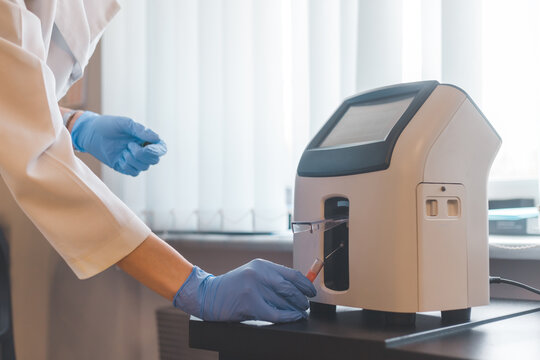
pH Measurement Principle
The pH of blood is a critical parameter reflecting its acidity or alkalinity. Blood gas analyzers employ a glass electrode-based potentiometric method to measure pH. This electrode contains a thin glass membrane that selectively allows hydrogen ions (H+) to pass through. The potential difference generated across the membrane due to the difference in hydrogen ion concentration between the sample and a reference solution corresponds to the sample’s pH.
Electrolyte Measurement Principle
Sodium (Na+) and Potassium (K+) Measurement:Blood gas analyzers utilize ion-selective electrodes to measure sodium and potassium concentrations. These electrodes consist of membranes that are selectively permeable to sodium or potassium ions. The potential difference generated between the sample and a reference solution is proportional to the logarithm of the ion’s activity in the blood, allowing for accurate concentration determination.
Chloride (Cl-) Measurement:Similarly, a chloride ion-selective electrode measures chloride concentration based on the potential difference generated due to the selective diffusion of chloride ions through the electrode’s membrane.
Quality Control and Calibration:Blood gas analyzers require regular calibration and quality control to ensure accurate results. Calibration involves the use of known gas mixtures or standard solutions with known concentrations to establish a reference point for measurements. Regular quality control measurements using external control solutions validate the instrument’s accuracy and precision.
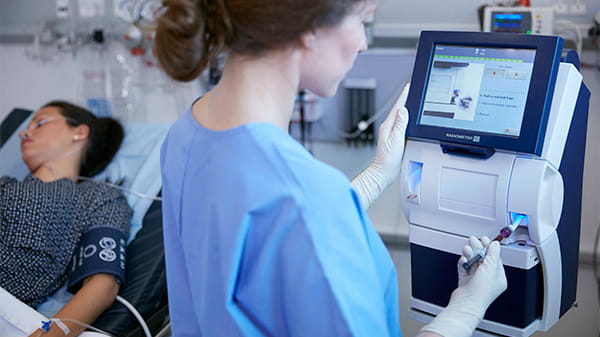
Detection Methods Of Blood Gas Analyzer
Potentiometric Method for pH Measurement
One of the fundamental measurements provided by blood gas analyzers is pH, which indicates the blood’s acidity or alkalinity. The potentiometric method uses a pH-sensitive glass electrode immersed in the blood sample. This electrode generates an electric potential that corresponds to the pH of the solution. By comparing this potential to a reference electrode, the pH of the blood can be accurately determined.
Amperometric Method for Oxygen (O2) Measurement
Blood gas analyzers use the amperometric method to measure the partial pressure of oxygen (PO2) in blood. This method employs an oxygen electrode with a gas-permeable membrane that separates the blood sample from an electrolyte solution. Oxygen molecules diffuse through the membrane, causing a reduction reaction at the electrode. The resulting current is directly proportional to the PO2 in the blood, enabling precise oxygen concentration measurements.
Amperometric Method for Carbon Dioxide (CO2) Measurement
The amperometric method is also applied to measure the partial pressure of carbon dioxide (PCO2) in blood. A CO2-permeable membrane separates the blood sample from an electrolyte solution containing bicarbonate ions. Carbon dioxide diffuses through the membrane and reacts with water to form carbonic acid, leading to changes in pH. An amperometric pH electrode detects this pH change, allowing for accurate determination of PCO2.
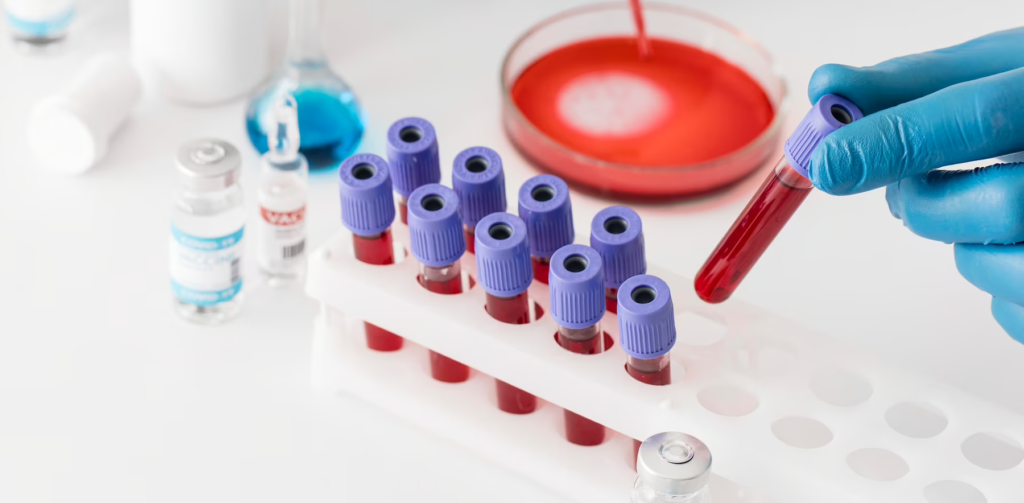
Ion-Selective Electrodes for Electrolyte Measurement
Blood gas analyzers utilize ion-selective electrodes to measure electrolyte concentrations such as sodium (Na+), potassium (K+), and chloride (Cl-) ions. These electrodes consist of membranes that selectively allow specific ions to pass through. As these ions interact with the electrode, a potential difference is generated between the sample and a reference solution. The magnitude of this potential difference corresponds to the concentration of the specific ion in the blood.
Calibration and Quality Control
To ensure the accuracy of measurements, blood gas analyzers undergo regular calibration using known standards or calibration gases. This process establishes a reference point for the instrument’s measurements. Additionally, quality control measures are taken by analyzing control solutions with known concentrations to verify the accuracy and reliability of the analyzer’s results.
Precautions
The collection of blood gas analyzer specimens is extremely important. If it is not handled properly, it will produce a large error, even greater than the error produced by instrument analysis, so it must be paid enough attention. Blood gas samples are mainly collected from arterial blood or arterialized capillary blood, and venous blood can also be used for determination. But arterial blood can truly reflect the metabolic oxidation and acid-base balance in the body.
(1)Keep the patient in a stable and comfortable state, and take blood after lying in bed for 5 minutes.
(2)Special attention should be paid to blood collection during the treatment of patients: if assisted or artificial respiration is performed, wait at least 20 minutes before blood collection, so that blood can be collected under fully controlled artificial respiration; if the patient is inhaling oxygen, should Note the oxygen flow to calculate how much oxygen the patient is inhaling per minute.
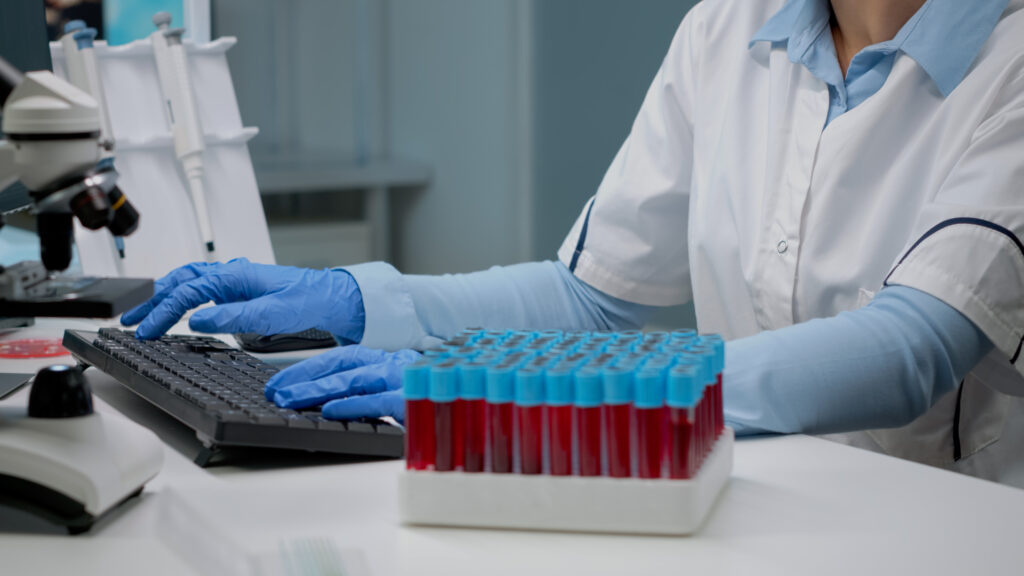
(3)Lithium heparin is the preferred anticoagulant. For specimens that are used for blood gas, blood calcium or blood lithium at the same time, lithium heparin cannot be used for anticoagulation, because part of the heparin can combine with part of calcium to cause errors. At this time, calcium buffer heparin reagent should be used for anticoagulation.
(4)Take care to prevent blood samples from contacting with the air, and keep them in a state of being isolated from the air. Because the partial pressure of oxygen in the air is higher than that of the blood, and the partial pressure of carbon dioxide is lower than that of the blood, once the blood comes into contact with the air, it will cause errors; contact with the air will also easily cause contamination of the blood sample.
(5)The storage time of the specimen should be controlled within 30 minutes as far as possible, and no more than 2 hours at most, because the metabolism of active red blood cells in whole blood is still going on, oxygen is continuously consumed, and carbon dioxide is continuously produced, which will affect the results.
(6) When collecting peripheral blood, arterialized capillary blood must be collected. Only when the metabolism of hyperperfused local tissues changes, the value obtained from venous blood is close to that of arterial blood.
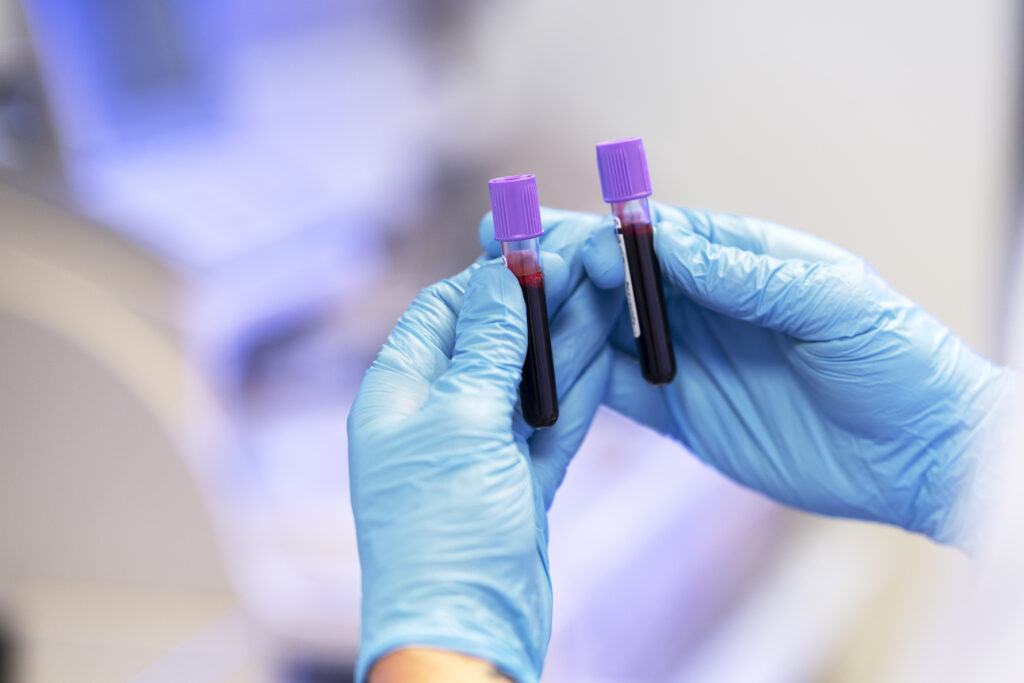
Conclusion
In conclusion, blood gas analyzers are indispensable tools in modern medicine, providing critical insights into a patient’s physiological state. By employing principles such as potentiometry, amperometry, and ion-selective electrodes, these instruments offer rapid and accurate measurements of oxygen, carbon dioxide, pH, and electrolytes. The meticulous sample collection, analysis, and quality control procedures associated with blood gas analysis ensure that clinicians receive precise information for informed clinical decisions.
Why Choose Us?

CNMEDITECH is dedicated to the long-term research of the blood gas analyzer market. Our mission is “People oriented and win-win strategy,Matching the real needs of the region with a focus on human health,To be the world’s first-class medical field solution expert”. We have been manufacturing high-quality medical device products for more than ten years.
We have built our reputation on delivering quality healthcare solutions on time and on budget. All our products comply with international health and safety regulations and all products come with a warranty.
Are you still worrying about your customer’s product needs? Are you still angry that the product is expensive?Our blood gas analyzers have various models and support personalized product customization.
Our company has many styles to choose from. In addition, we have high-quality pre-sales consulting guidance and professional after-sales service, all to meet your needs.
Whether it is a cost-effective or high-end product, there will always be something suitable for you. If you have any needs for products, you can ask us, our factory will meet your needs as soon as possible, and we will make every effort to provide you with solutions.Feel free to send us your inquiries.
